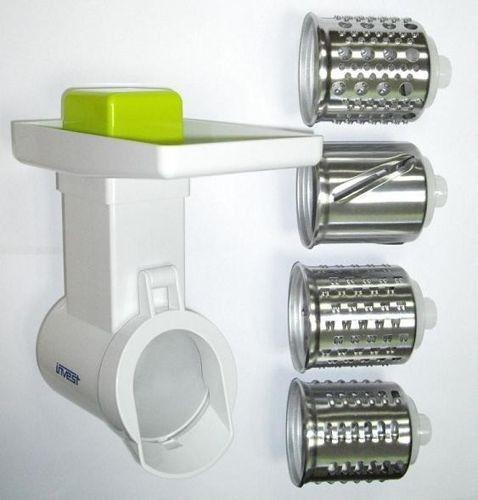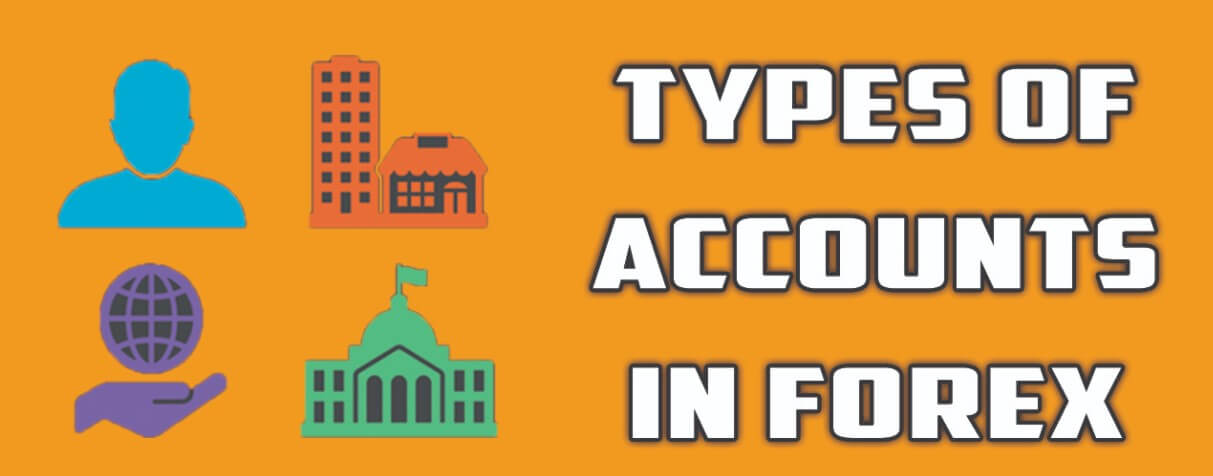
Forex trading can be confusing for beginners. It is worth signing up to a demo account and learning more from Rayner's YouTube channel. Next, you will learn how to use a trading system and leverage. In this article, we'll cover how to sign up for a demo account and learn the basics of leverage.
Signing up for a demo account
The reason why you should sign up for a demo account when trading forex is for two main reasons. The demo account allows you to practice managing your money, making virtual profits, and before you trade on a live account. You should practice any new trading strategies before investing in real money. Both experienced traders and novice traders will need to do this. Demo accounts are a good way to learn how to use the system and identify any obstacles you might face in trading.

Rayner Teo YouTube channel: Learning from Rayner
The best way to start learning about the Forex market is to learn the terms and indicators. Investopedia is another resource that provides information about trading. These websites also provide videos of helpful trading concepts. It is recommended to subscribe to a Forex trader’s YouTube channel if you are interested in learning more about forex.
Utilizing a trading platform
There are many aspects to consider when choosing a trading system. Because it allows you set automatic stop limits as well as guaranteed stop losses, a trading terminal is essential. A trailing stop is also available on some trading platforms. This allows you to set your stop limit and adjust it as the market fluctuates. This locks in your profits while minimising your losses. An advanced trading indicator, such as a renko chart, can help you trade more successfully.
Leverage
Forex traders can increase their profit potential by using high levels of leverage. Your initial capital can be leveraged up to one-five hundred times. Many forex brokers offer commission-free trading. The commission for trading in currency futures is not included in forex brokers' fees. Futures trading has a lower leverage than forex. Leverage in forex trading is calculated as a percentage of the total transaction value.
Points in Percentage
Foreign exchange trading uses two main units of measurement. Points represent 0.0001 percent and are the smallest increment of currency price change. This would mean that in most currency pairs this would be one tenth to a point. In this case, the currency pair you trade in would be worth one hundred points. The difference in the value of a Canadian Dollar and a US dollar is one percentage point, or 0.0001.

Currency pairs
To trade one currency against another, currency pairs can be used. The exchange rate of the base currencies is used to calculate the price for one currency pairing. This amount is then converted into the quoted currency. For example, if the price of EUR/USD changes from $1.12925 to $1.12935, one Pip is transferred. Although technically, you can trade any currency in the world, you will be limited to trading the currencies offered by your Forex broker.
FAQ
What is the difference between non-marketable and marketable securities?
Non-marketable securities are less liquid, have lower trading volumes and incur higher transaction costs. Marketable securities are traded on exchanges, and have higher liquidity and trading volumes. These securities offer better price discovery as they can be traded at all times. This rule is not perfect. There are however many exceptions. There are exceptions to this rule, such as mutual funds that are only available for institutional investors and do not trade on public exchanges.
Non-marketable security tend to be more risky then marketable. They generally have lower yields, and require greater initial capital deposits. Marketable securities are usually safer and more manageable than non-marketable securities.
A bond issued by large corporations has a higher likelihood of being repaid than one issued by small businesses. This is because the former may have a strong balance sheet, while the latter might not.
Investment companies prefer to hold marketable securities because they can earn higher portfolio returns.
How are securities traded?
The stock market is an exchange where investors buy shares of companies for money. In order to raise capital, companies will issue shares. Investors then purchase them. Investors can then sell these shares back at the company if they feel the company is worth something.
The supply and demand factors determine the stock market price. The price rises if there is less demand than buyers. If there are more buyers than seller, the prices fall.
You can trade stocks in one of two ways.
-
Directly from company
-
Through a broker
What is a bond?
A bond agreement is an agreement between two or more parties in which money is exchanged for goods and/or services. It is also known by the term contract.
A bond is typically written on paper and signed between the parties. This document details the date, amount owed, interest rates, and other pertinent information.
The bond is used when risks are involved, such as if a business fails or someone breaks a promise.
Sometimes bonds can be used with other types loans like mortgages. This means the borrower must repay the loan as well as any interest.
Bonds are also used to raise money for big projects like building roads, bridges, and hospitals.
A bond becomes due upon maturity. The bond owner is entitled to the principal plus any interest.
Lenders are responsible for paying back any unpaid bonds.
What role does the Securities and Exchange Commission play?
SEC regulates brokerage-dealers, securities exchanges, investment firms, and any other entities involved with the distribution of securities. It also enforces federal securities law.
What is a Stock Exchange?
A stock exchange is where companies go to sell shares of their company. Investors can buy shares of the company through this stock exchange. The market determines the price of a share. It usually depends on the amount of money people are willing and able to pay for the company.
The stock exchange also helps companies raise money from investors. Investors are willing to invest capital in order for companies to grow. This is done by purchasing shares in the company. Companies use their money as capital to expand and fund their businesses.
Many types of shares can be listed on a stock exchange. Some are called ordinary shares. These are most common types of shares. These shares can be bought and sold on the open market. Shares are traded at prices determined by supply and demand.
Preferred shares and debt securities are other types of shares. When dividends become due, preferred shares will be given preference over other shares. A company issue bonds called debt securities, which must be repaid.
Statistics
- Our focus on Main Street investors reflects the fact that American households own $38 trillion worth of equities, more than 59 percent of the U.S. equity market either directly or indirectly through mutual funds, retirement accounts, and other investments. (sec.gov)
- Ratchet down that 10% if you don't yet have a healthy emergency fund and 10% to 15% of your income funneled into a retirement savings account. (nerdwallet.com)
- Individuals with very limited financial experience are either terrified by horror stories of average investors losing 50% of their portfolio value or are beguiled by "hot tips" that bear the promise of huge rewards but seldom pay off. (investopedia.com)
- The S&P 500 has grown about 10.5% per year since its establishment in the 1920s. (investopedia.com)
External Links
How To
How to open an account for trading
To open a brokerage bank account, the first step is to register. There are many brokers available, each offering different services. Some charge fees while others do not. The most popular brokerages include Etrade, TD Ameritrade, Fidelity, Schwab, Scottrade, Interactive Brokers, etc.
After you have opened an account, choose the type of account that you wish to open. You can choose from these options:
-
Individual Retirement Accounts, IRAs
-
Roth Individual Retirement Accounts
-
401(k)s
-
403(b)s
-
SIMPLE IRAs
-
SEP IRAs
-
SIMPLE 401K
Each option has its own benefits. IRA accounts offer tax advantages, but they require more paperwork than the other options. Roth IRAs permit investors to deduct contributions out of their taxable income. However these funds cannot be used for withdrawals. SIMPLE IRAs are similar to SEP IRAs except that they can be funded with matching funds from employers. SIMPLE IRAs can be set up in minutes. Employers can contribute pre-tax dollars to SIMPLE IRAs and they will match the contributions.
Next, decide how much money to invest. This is the initial deposit. Most brokers will offer you a range deposit options based on your return expectations. You might receive $5,000-$10,000 depending upon your return rate. The conservative end of the range is more risky, while the riskier end is more prudent.
After deciding on the type of account you want, you need to decide how much money you want to be invested. You must invest a minimum amount with each broker. These minimum amounts can vary from broker to broker, so make sure you check with each one.
After deciding the type of account and the amount of money you want to invest, you must select a broker. Before selecting a broker to represent you, it is important that you consider the following factors:
-
Fees-Ensure that fees are transparent and reasonable. Many brokers will try to hide fees by offering free trades or rebates. However, some brokers raise their fees after you place your first order. Be wary of any broker who tries to trick you into paying extra fees.
-
Customer service - Find customer service representatives who have a good knowledge of their products and are able to quickly answer any questions.
-
Security - Select a broker with multi-signature technology for two-factor authentication.
-
Mobile apps - Make sure you check if your broker has mobile apps that allow you to access your portfolio from anywhere with your smartphone.
-
Social media presence. Find out whether the broker has a strong social media presence. If they don't, then it might be time to move on.
-
Technology - Does it use cutting-edge technology Is it easy to use the trading platform? Are there any issues when using the platform?
Once you have selected a broker to work with, you need an account. Some brokers offer free trials, while others charge a small fee to get started. You will need to confirm your phone number, email address and password after signing up. You will then be asked to enter personal information, such as your name and date of birth. You will then need to prove your identity.
After you have been verified, you will start receiving emails from your brokerage firm. These emails contain important information about you account and it is important that you carefully read them. These emails will inform you about the assets that you can sell and which types of transactions you have available. You also learn the fees involved. Track any special promotions your broker sends. These promotions could include contests, free trades, and referral bonuses.
Next, open an online account. An online account can be opened through TradeStation or Interactive Brokers. These websites are excellent resources for beginners. When opening an account, you'll typically need to provide your full name, address, phone number, email address, and other identifying information. Once you have submitted all the information, you will be issued an activation key. This code will allow you to log in to your account and complete the process.
You can now start investing once you have opened an account!